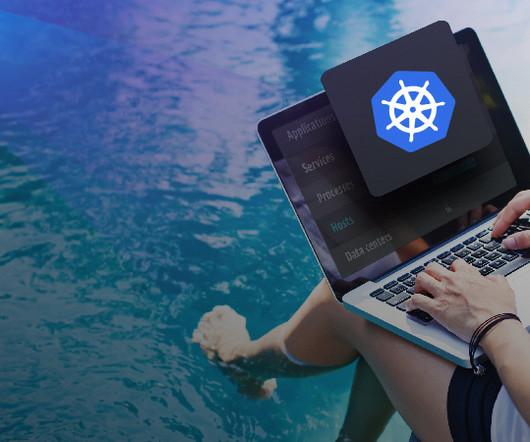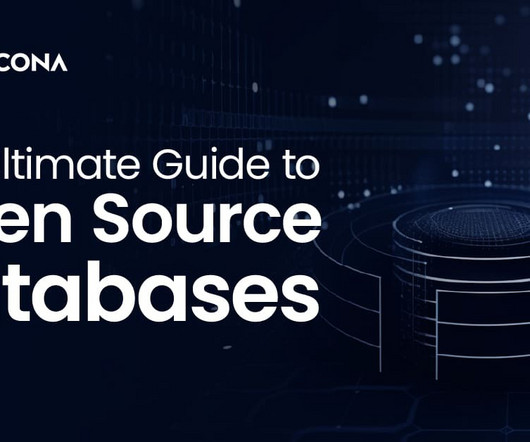OpenShift vs. Kubernetes: Understanding the differences
Dynatrace
JUNE 7, 2023
According to the Kubernetes in the Wild 2023 report, “Kubernetes is emerging as the operating system of the cloud.” Kubernetes also gives developers freedom of choice when selecting operating systems, container runtimes, storage engines, and other key elements for their Kubernetes environments.










Let's personalize your content